Responsible for belatedly dragging the city out of the dark ages, Carlos III (1716 to 1788) is arguably one of Madrid’s greatest architects. Besides commissioning many iconic monuments, he also introduced street lighting, a proper sewage system, and a rubbish collection service to the city. Nowadays he’s remembered as “El mejor alcalde de Madrid” (Madrid’s best mayor) but at the time, rather than being delighted by all these changes, the city’s citizens protested against his some of his reforms (many fearing, for instance, that a subterranean sewage system would damage the foundations of buildings). On witnessing such demonstrations, the exasperated monarch remarked “My vassals are like children, they cry when they are washed”, a comment that clearly reveals the king saw himself as a firm but fair father dishing out some much-needed tough love to a recalcitrant populace.
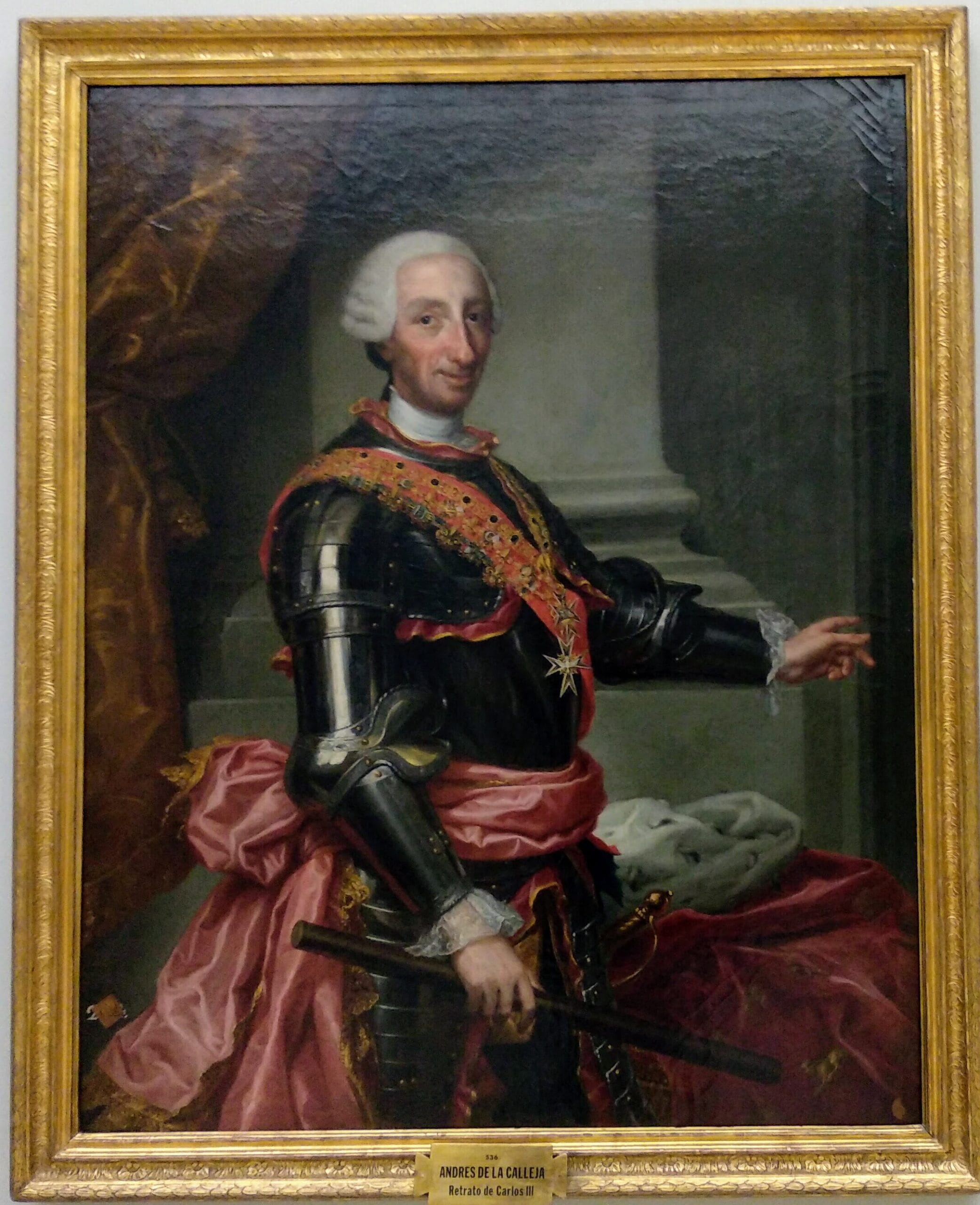
An enlightened monarch
An adherent of progressive ideas, he promoted the arts, sciences and agriculture, leaving the country in a considerably better state than he found it. His most notable achievements include the creation of Spain’s first postal service, central bank, and a network of roads that made Madrid the main transport hub for all of Spain. As I mentioned earlier, not all of his reforms were popular, and one in particular led to a riot that drove the king to run from Madrid in fear for his life. But more of that later, lets first take a look at how this king came to be such a capable ruler:
Born to Phillip V and Elizabeth Farnese (Phillip’s second wife), Charles grew up fluent in Spanish, French and Italian. Though he was a talented boy with a prodigious memory, being the first-born of his father’s second marriage, he was not destined for the throne. Instead, he was sent to rule first Sicily and then Naples. In these Spanish territories, he proved to be an extremely popular king, defying the church and aristocracy in his pursuit of a modernising agenda through which he hoped to improve the lot of the common man. By the time he ascended to the Spanish throne after the death of his half brother Ferdinand VI, he was 43 years old and extremely well-versed in the art of politics.
The opposition
A man with a prodigious intellect, Carlos understood that attempting the rule the country single handed would be sheer lunacy. So, he cultivated a coterie of advisers; educated men who nevertheless had few affiliations with the out-of-touch aristocracy or with the church. This incensed the establishment who searched for a way to undermine his new regime. An opportunity presented itself when the Marquis of Squillace – a Neopolitan adviser who had been put in charge in charge of taxation – liberalised the grain trade, sending the price of bread soaring. A hungry populace was soon incited to riot under the pretext of protesting a new dress code governing what capes and hats men were permitted to wear (for more on this riot, check out my earlier post).
An angry mob turned up at the palace demanding that Squillace and all other foreign advisers be kicked out of the country. Terrified by this turn of events, Carlos fled to his out-of-town palace in Aranjuez and Squillace was sent to Venice. Discouraged, but not defeated by this setback, Carlos consulted the Count of Campomanes, who advised him that the Jesuits were to blame for inciting the populace to riot. Though Carlos was a devout Catholic, he did not believe that the church should meddle in politics – a belief that had already put him at odds with the Vatican in Naples – so he ordered the Jesuits be banished from Spain in 1767.
Picture this
Getting rid of the Jesuits was quite a coup; not only was Carlos rid of their political influence, but he could also seize all of their Spanish holdings, making the crown considerably richer. The Jesuits had taken a leading role in education with an pedagogical method bordering on the sadistic. One of their proverbs was “La letra con sangre entra,” a phrase that is somewhat equivalent to the English term “spare the rod, spoil the child”. Francisco Goya did not seem to be too enamoured with them either. His painting of a teacher beating a child’s bare bottom takes the Jesuit’s saying as its title and is probably a thinly-concealed jab at the order. The Jesuits can also be seen front and centre stirring up the mob in Goya’s depiction of the Esquillache riots.
This last work of art can be found alongside Goya’s portrait of Carlos III in the Prado. The museum itself is housed in a building that Carlos commissioned during his rule. Initially intended to be a museum of natural history, the Prado wound up being used as a stables for Napoleon’s troops during the occupation before being transformed into an art gallery. Carlos sadly never lived to see it serve its purpose. Other notable monuments created under Carlos’ reign are the majestic fountains of Cibeles and Neptune on the Paseo de Prado as well as the magnificent Puerta de Alcalá.
If you’d like to find out more about Carlos III, I highly recommend Reyes de España (Carlos III), a program that also explores his foreign policy and the global political situation at the time. Much of the information for this piece was gleaned from the aforementioned documentary and from William Chislett´s “Spain: What Everyone Needs to Know“.
Keen to find out more about the history of Madrid? See another side of the city with one of my unique walking tours.
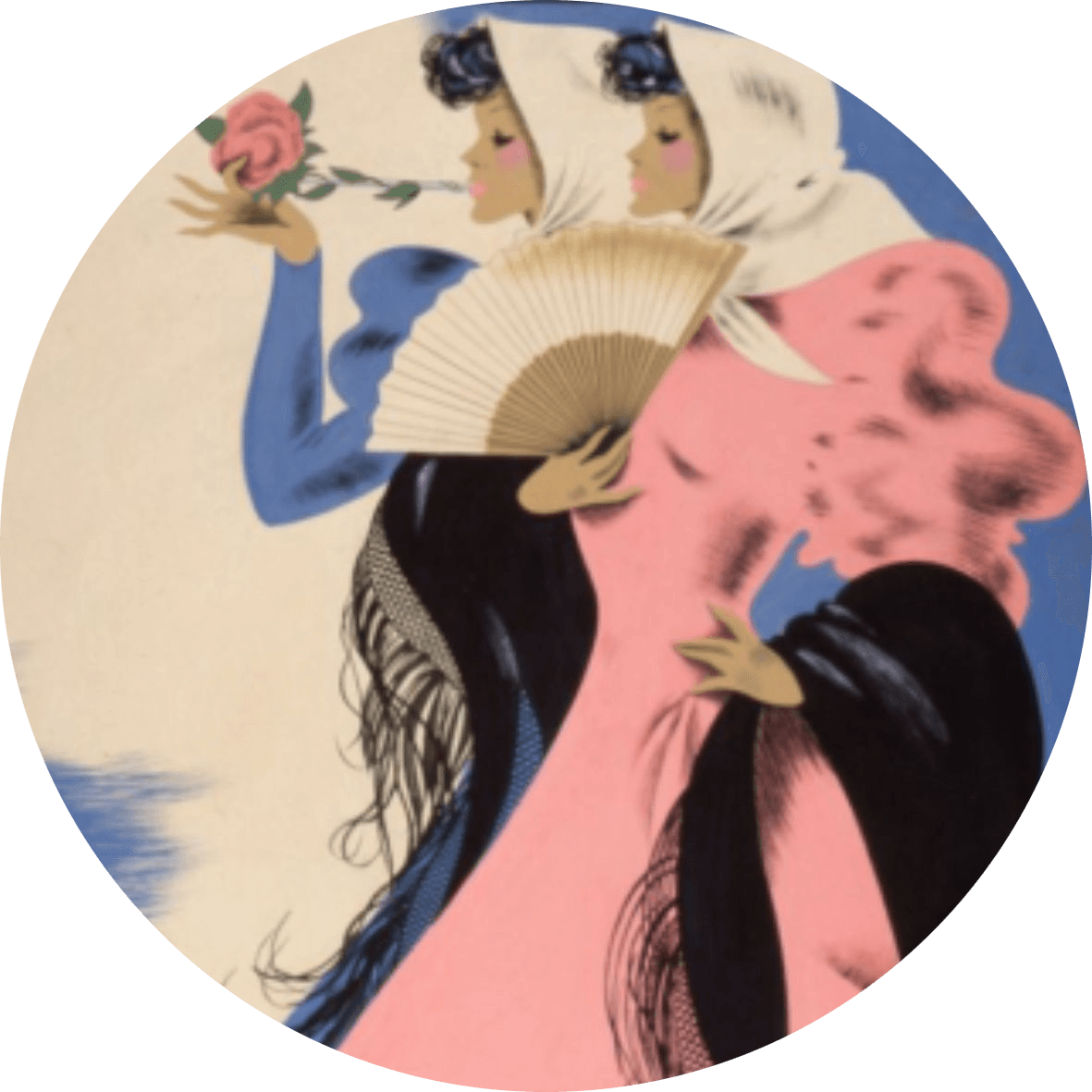
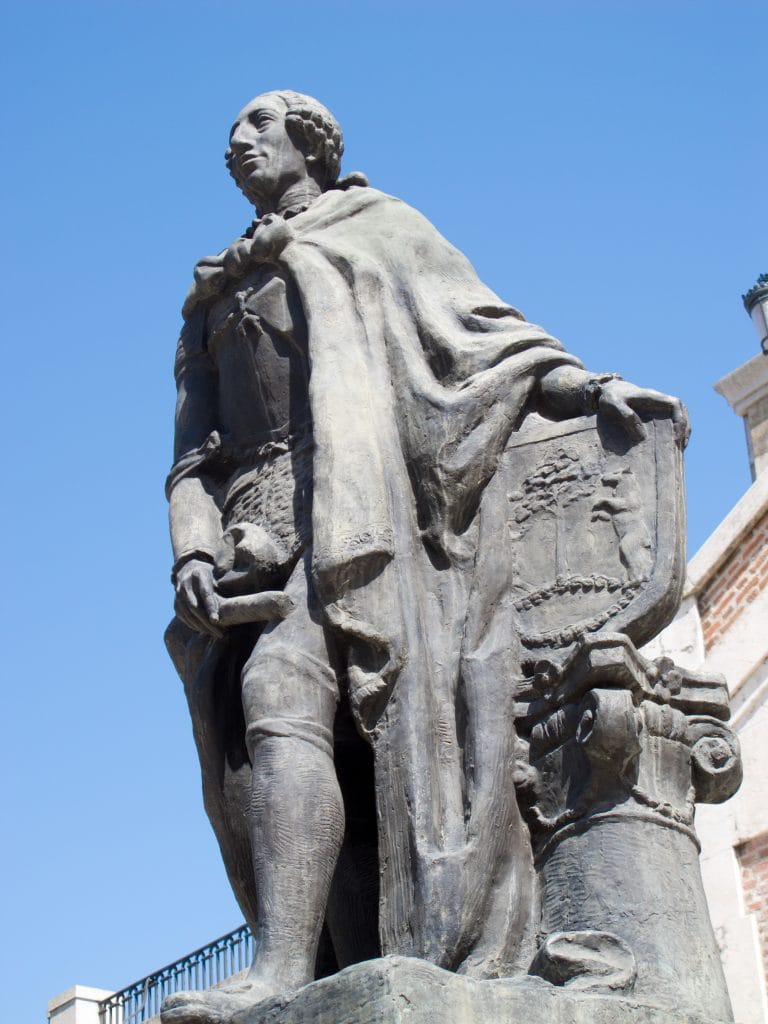
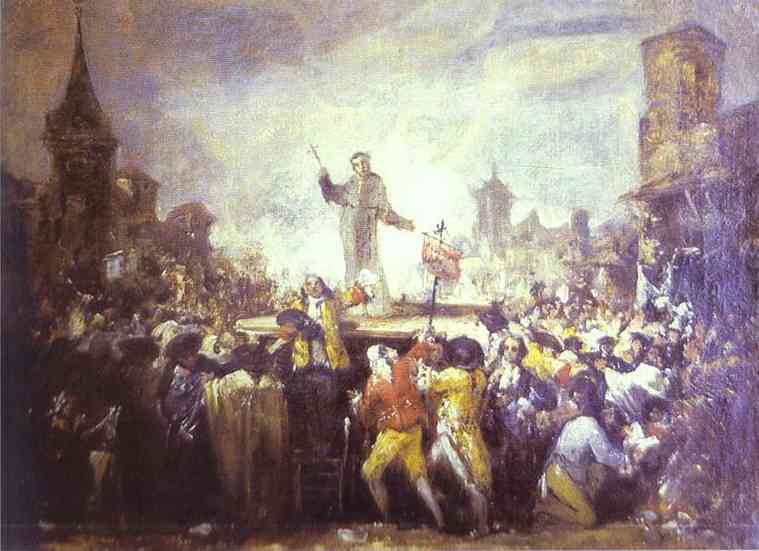
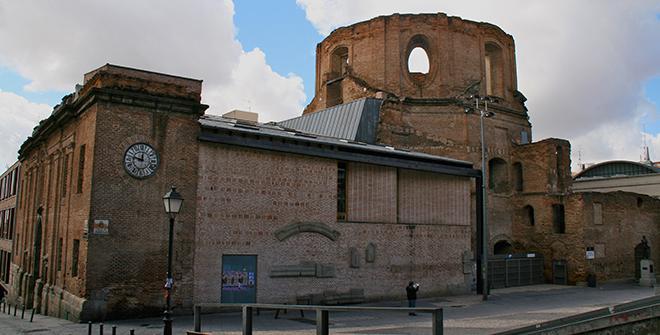
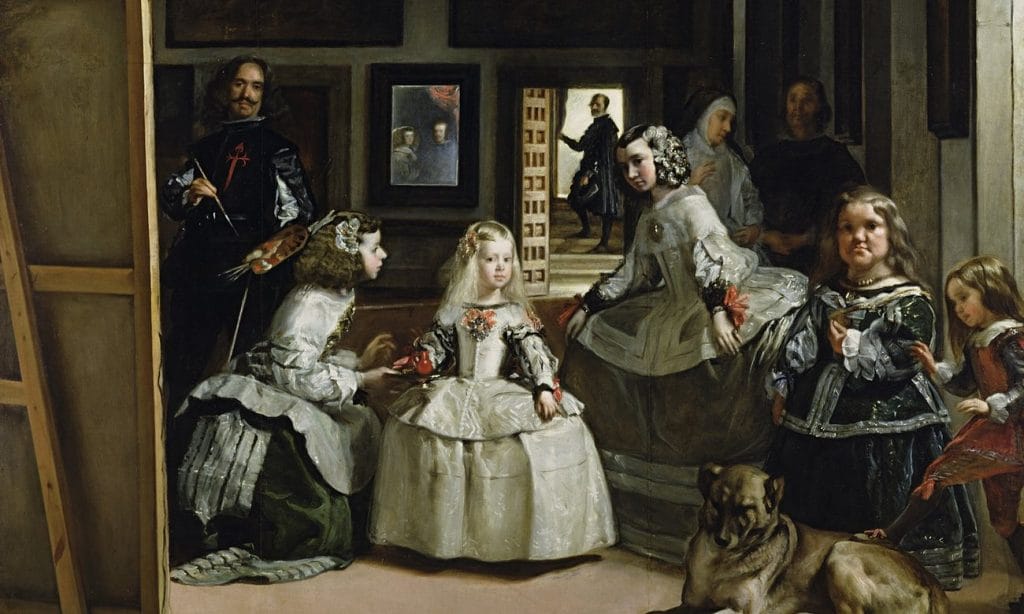
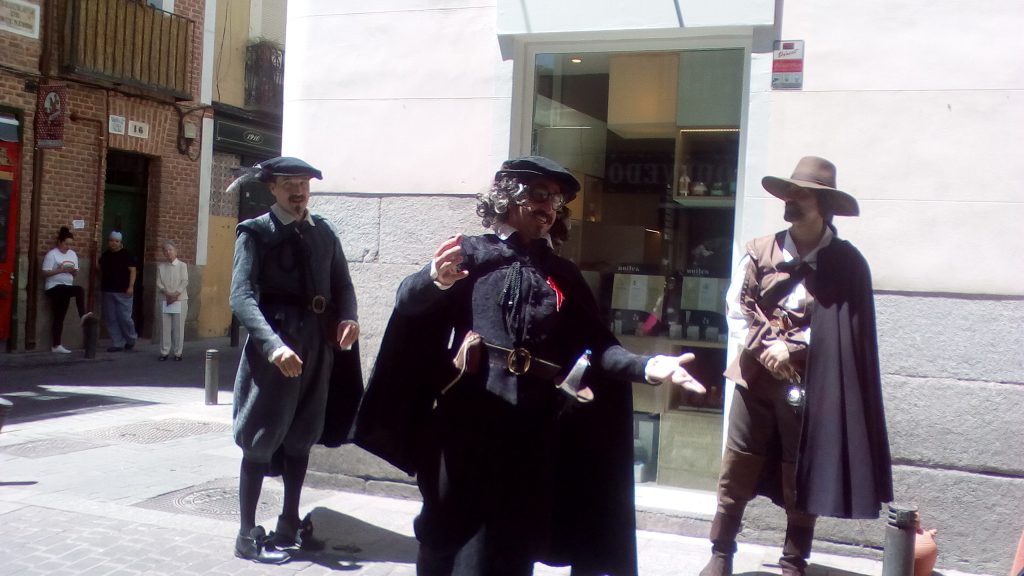
Pingback: When the Streets Had no Names - The Making of Madrid
Pingback: Madrid's Oldest Stores - The Making of Madrid
Pingback: A Peek Inside Banco de España - The Making of Madrid
Pingback: SiteTitle Madrid’s Oldest Stores | Travel Secrets Magazine
Pingback: Serenos: Spain's nightwatchmen - The Making of Madrid
Pingback: Why is Madrid the capital of Spain? - The Making of Madrid
Pingback: Shaping the skyline¨: Madrid's most notable architects - The Making of Madrid
Pingback: How to Enjoy Christmas in Madrid - The Making of Madrid
Pingback: The Burial of the Sardine - The Making of Madrid